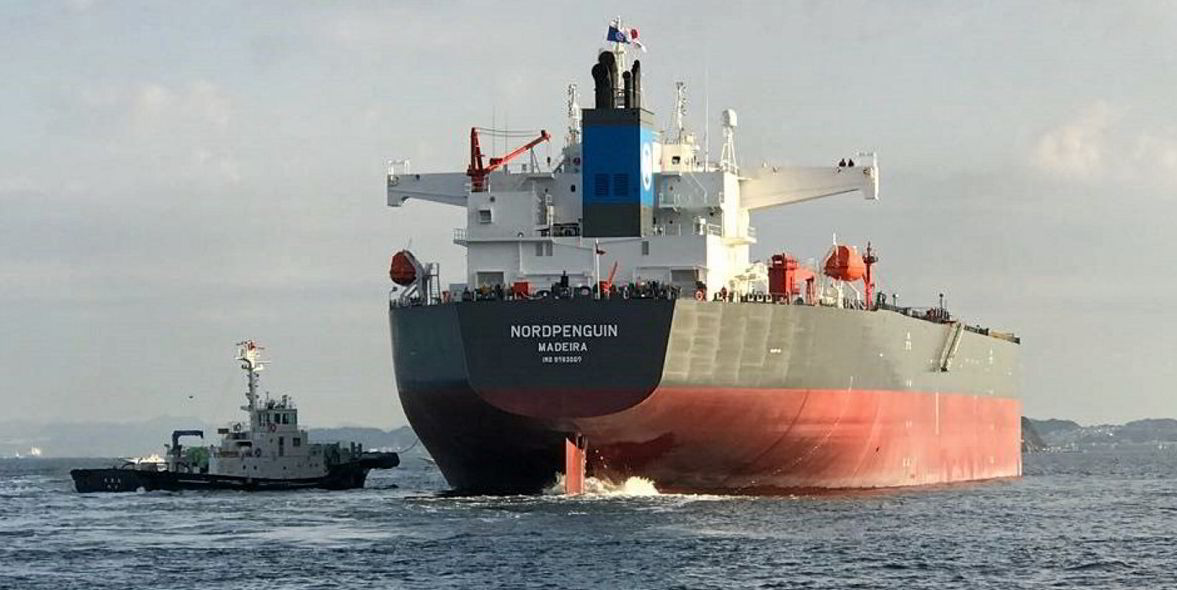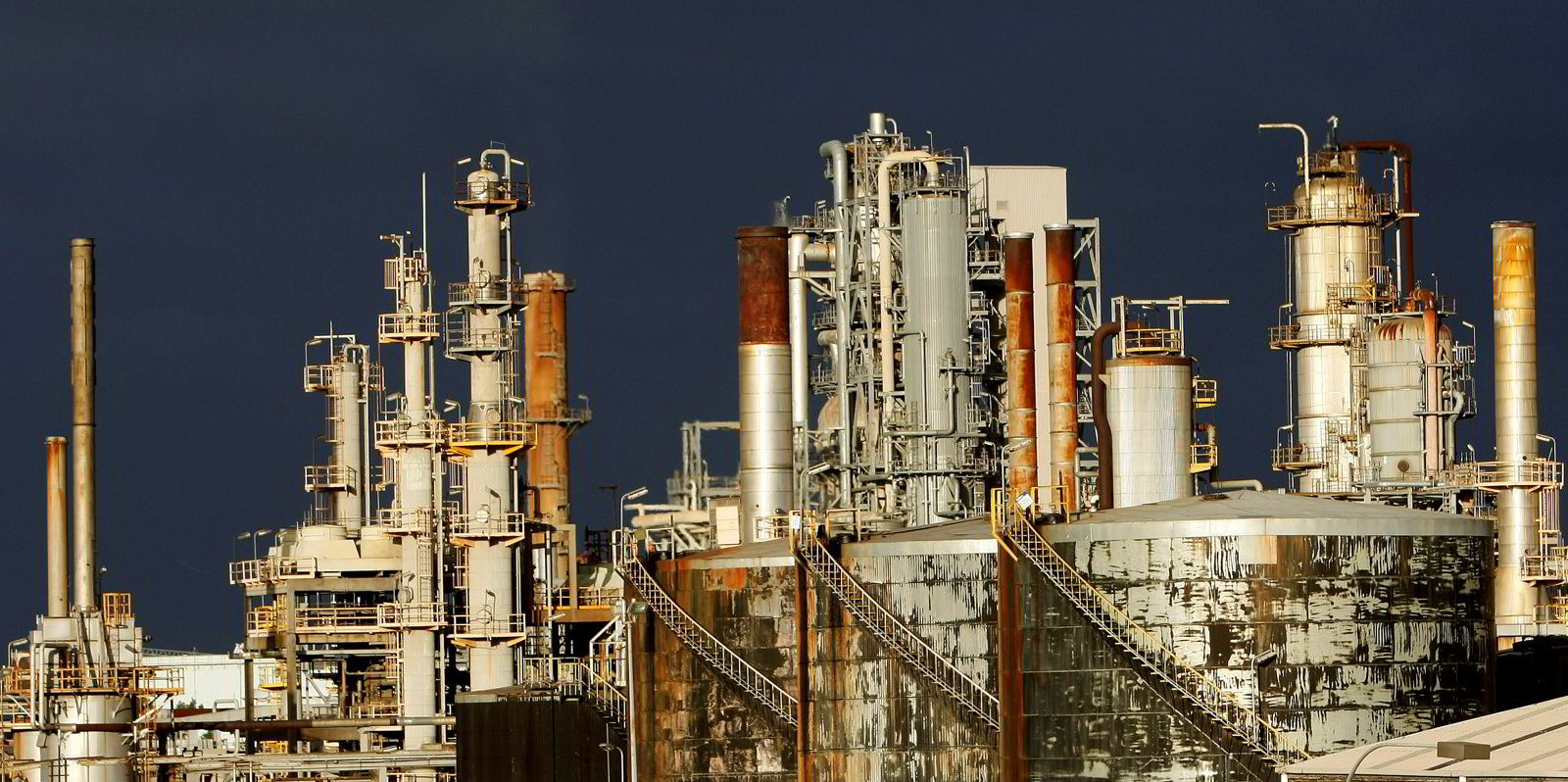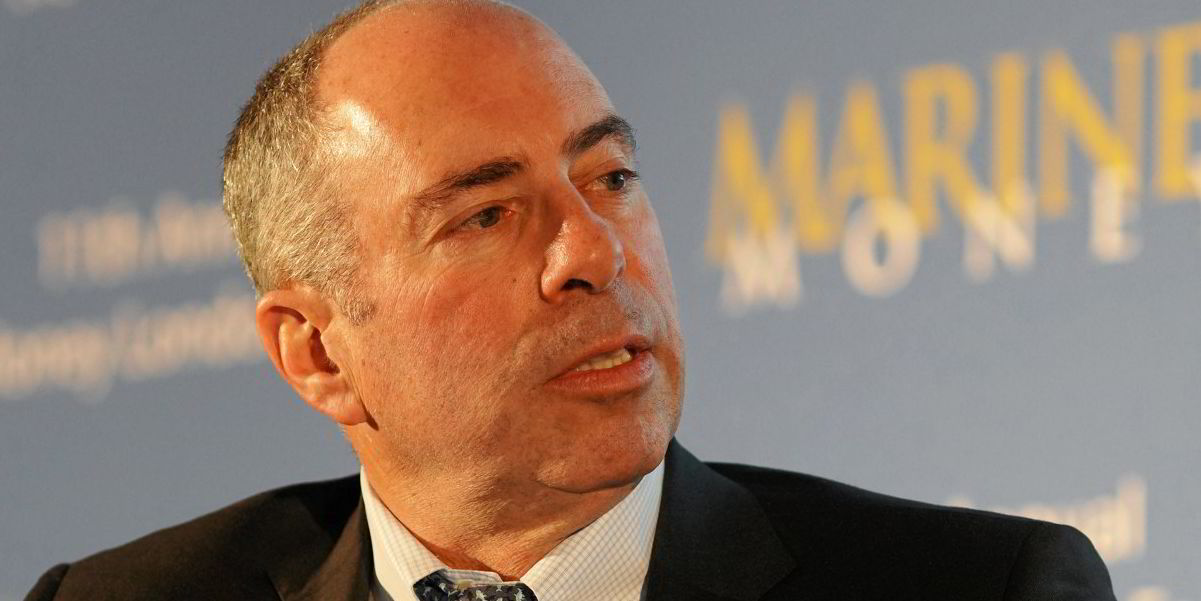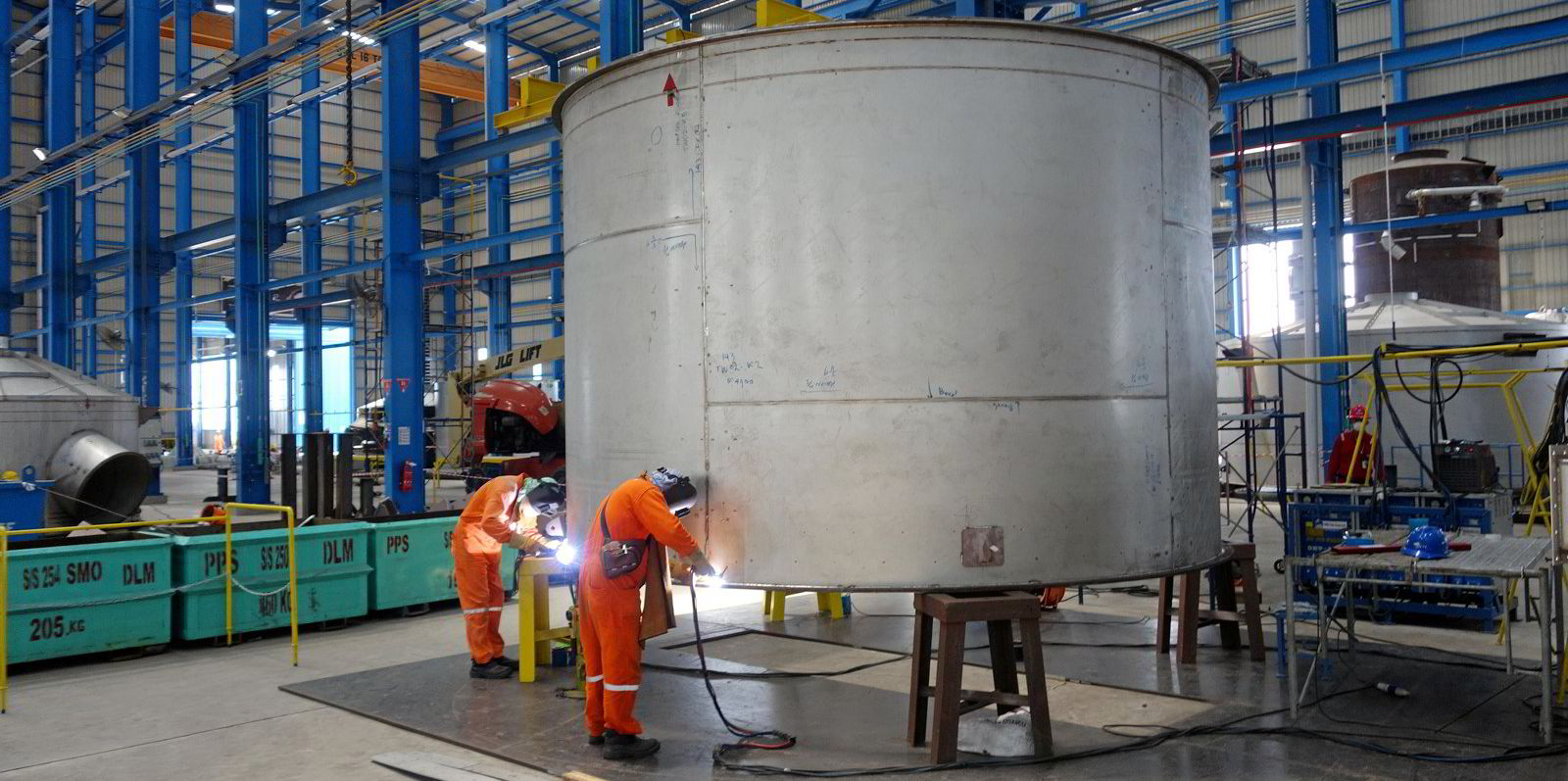Despite the wider chaos wrought by coronavirus, tanker experts believe one impact of the pandemic will be to leave a defining mark on tanker markets — redrawing the long-term landscape of the global refining industry.
Many small, ageing refineries in Europe, the US and Oceania have been permanently shut down since last year due to dwindling oil consumption during the Covid-19 crisis, while large, modern refineries are slated to start operations in China, Africa and the Middle East in the coming years despite delays.
Tanker experts say those developments will favour product tankers over crude, with large vessels well positioned to take advantage of incremental long-haul shipments.
“At a very simplistic level, that could be quite interesting for products,” Henry Curra, global research head at brokerage Braemar ACM, told TradeWinds.
“That's one of the reasons that people are generally more optimistic for the product [tanker] market than they are for the crude market.”
Bullish for product tankers
Stifel estimates that 411,000 barrels per day (bpd) of refining capacity in North America, 305,000 bpd in Europe and 340,000 bpd in other regions have been closed since the pandemic broke out.
Many closures have occurred in the regions with a large, structural deficit of refined products, such as Europe and Australia, according to Torm chief executive Jacob Meldgaard.

With the bulk of new refining capacity scheduled to come online in China and the Middle East between 2021 and 2023, he is expecting a boost to trade flows and tonne miles over the medium and long term.
“The full impact of these closures can be felt once the demand recovers to pre-Covid levels,” said Meldgaard, whose company is one of the world’s largest product tanker owners.
Tim Smith, oil and tanker director at Maritime Strategies International, is also anticipating an increase in flows of products from East Asia to the West due to closures in the Atlantic markets.
“As we see refining rationalise and mega-refineries expand, we are likely to see continued high levels of competition for exports,” Smith said.
Long-haul crude flows
The International Energy Agency has forecast new refining capacity totalling 2.2m bpd in China and 1.3m bpd in the Middle East will become operational between 2019 and 2025.
While some refinery start-ups are later in launching than scheduled due to the pandemic, most delays are expected to last for months rather than years.
“[In] the Middle East, more crude will be used in its expanding home refining facilities — reducing export potential,” Smith said.
“Conversely, in the US, reduced refining capacity will potentially free up even more shale crude for export.”
The development bodes well for tonne-mile demand for big tankers, even though overall seaborne crude trade volume might not increase much.
Andrew Scorer, freight analytics lead at S&P Global Platts, said: “Long-haul voyages from the Americas to Asia will remain a focus as supply increases from the former to help meet marginal demand growth in the latter.
“With refinery capacity increases mostly coming [from] East of the Suez, crude flows will continue to be dominated by voyages towards the Asia-Pacific region.”
Europe, where crude demand has plateaued, is expected to export more excess barrels to Asia.
Oil consultancy Wood Mackenzie is expecting European crude exports to increase by 230,000 bpd between 2019 and 2027, generally heavy grade from Norway's Johan Sverdrup field.
New Nigerian refinery creates uncertainty
A mega-refinery project in Africa’s largest crude exporter and fuel importer is expected to be a wild card for tanker markets later this decade.
Once Dangote’s 650,000-bpd refinery near Lagos becomes operational, Nigeria will have much higher domestic demand for crude and fewer requirements for overseas refined products.
Analysts generally believe this would be bearish for both crude and products tankers, especially for the Atlantic trade.
“This project will have ramifications for global crude and products flow dynamics, as it will reduce West Africa’s product import requirements and draw in more domestic crude, restricting Nigeria’s exports,” Smith said.
But the refinery — backed by Nigerian cement tycoon Aliko Dangote — has faced continued delays. The construction was targeted to be completed at the end of 2019, but most analysts do not now expect fuel output before 2022.
“It’s a big refinery," Wood Mackenzie vice president for refining Alan Gelder said. "It’s very sophisticated. It’s titan scale in West Africa. We are just conservative in when it’s going to come on.”







